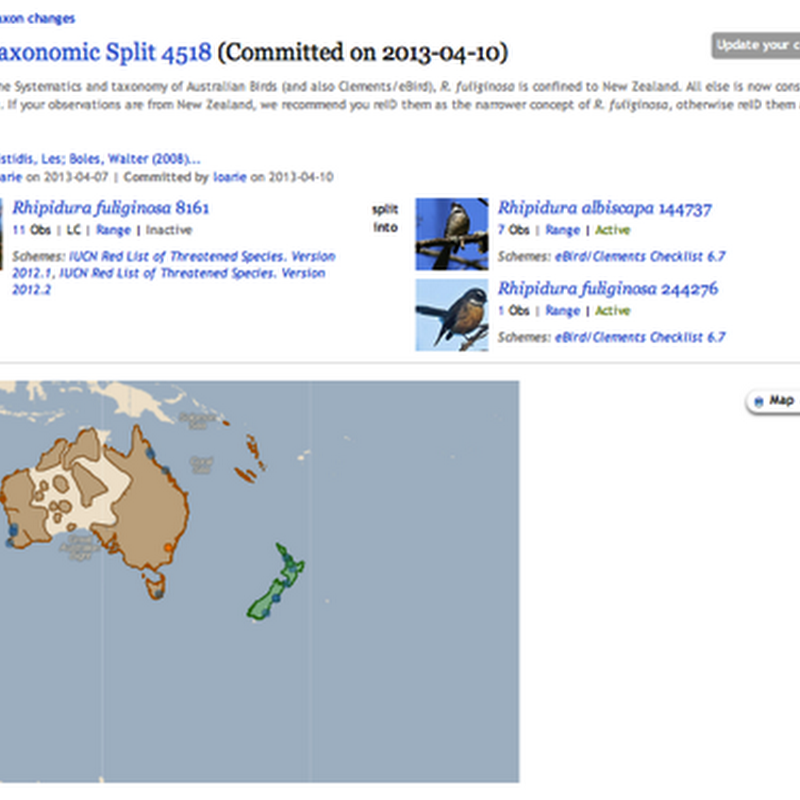
There is a fairly scathing editorial in Nature [The new zoo. (2013). Nature, 503(7476), 311–312. doi:10.1038/503311b ] that reacts to a recent paper by Dubois et al.:To quote the editorial:Ouch! But Dubois et al.'s paper pretty much deserves this reaction - it's a reactionary rant that is breathtaking in it's lack of perspective.





